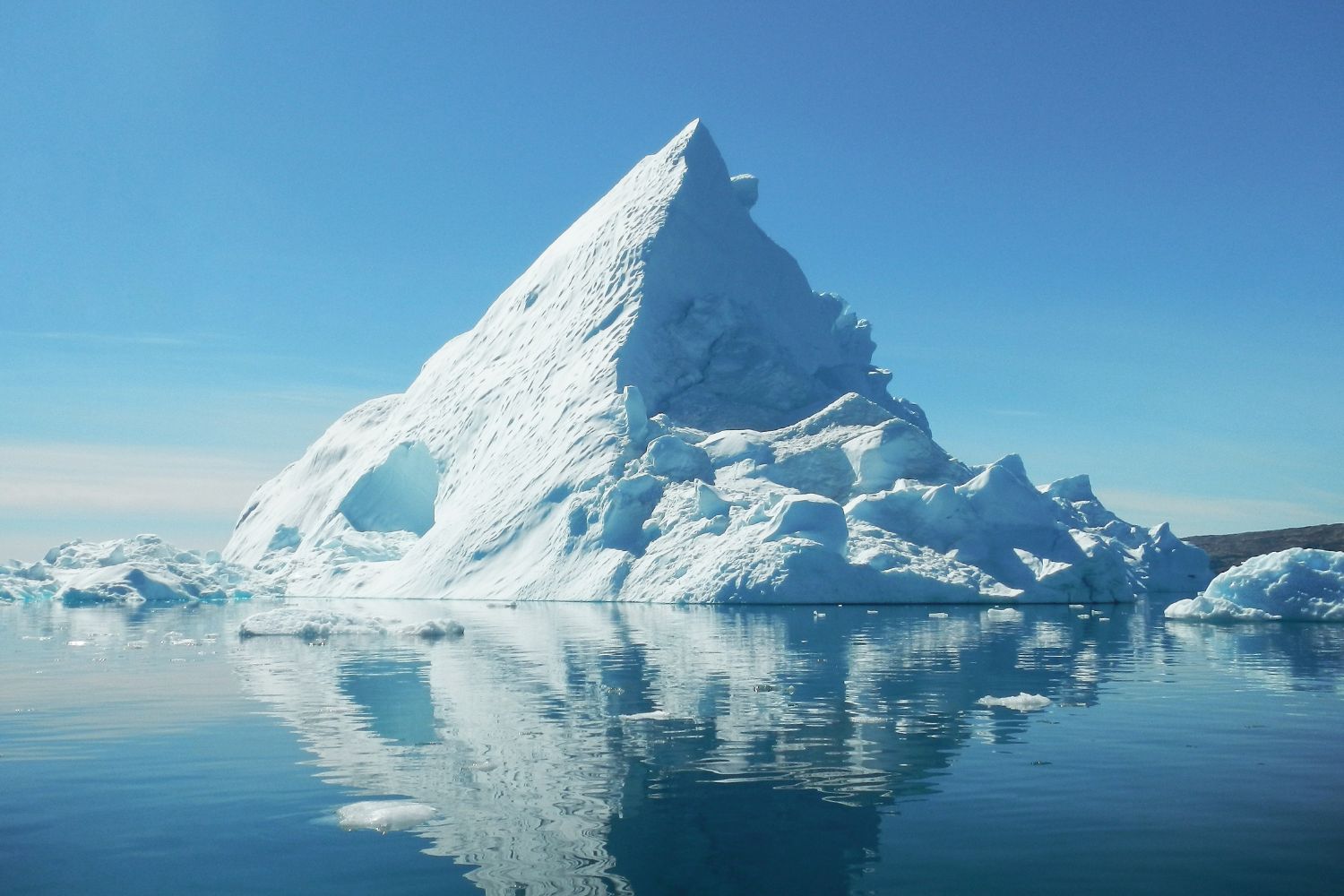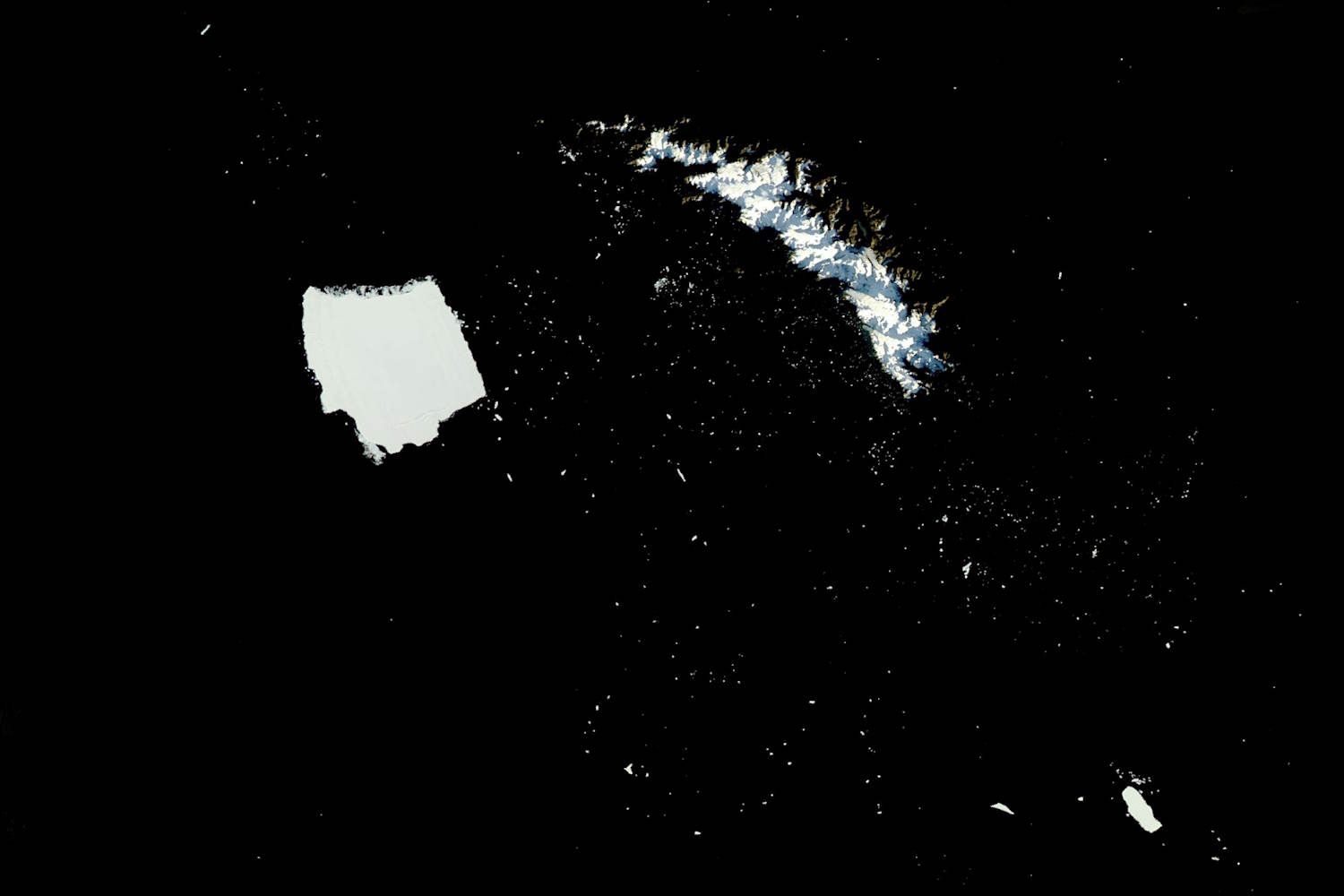World's largest iceberg A23a fragments after 40 years, threatening South Georgia wildlife. NASA images show rapid breakdown covering 1,200 sq miles shrinking fast

Table of contents
A23a is dying, according to the latest satellite images from NASA: the world’s largest iceberg is beginning to fragment into thousands of smaller pieces, trapped far from Antarctica. It could take months, if not years, before the entire slab disappears, but the signal is truly alarming, and the dangers to ecosystems are evident.
The iceberg had attracted global attention for its long and winding journey through the Scotia Sea, which began in the Weddell Sea—a true glacial odyssey. But satellite images from early March 2025 showed a significant slowdown in its movements, suggesting possible grounding near South Georgia.
Now comes a disturbing new update: the edges of the ‘megaberg,’ which currently shows a surface area of approximately 1,200 square miles (comparable to the size of Long Island), are beginning to disintegrate, especially along its northern margin, covering the surrounding area with icy debris.
The giant iceberg’s slow death
As NASA explains, although it’s still the largest iceberg currently at sea, waves and other seasonal weather effects are eroding its sides and reducing its visible surface.
NASA’s Moderate Resolution Imaging Spectroradiometer (MODIS) aboard the Aqua satellite captured an image of A-23a on May 3, 2025, stuck less than 62 miles from South Georgia, part of a remote archipelago in the South Atlantic Ocean, located northeast of the Antarctic Peninsula and east of the tip of South America.

The bottom of the iceberg is most likely stuck on a shallow underwater platform, known in the past for trapping several Antarctic icebergs in their northward drift into the warmer waters of the South Atlantic.
But while its position has remained substantially unchanged, its surface has shrunk considerably in just two months. According to iceberg data provided by the U.S. National Ice Center (USNIC), A-23A lost over 139 square miles between March 6 and May 3—an area almost twice the size of Washington, D.C.
Thousands of fragments create oceanic hazard
Thousands of iceberg fragments cover the ocean surface near the main structure, creating a scenario reminiscent of a starry night. Although these fragments may appear small, many actually measure at least 0.6 miles in diameter and represent a risk to ships.
At nearly 55° south latitude, the iceberg is well outside the colder Antarctic waters that helped preserve it since it broke away from the Filchner Ice Shelf in 1986.
“The fate of this iceberg is virtually certain,” NASA writes. “Over 90% of icebergs around Antarctica follow a similar route, entering the clockwise current of the Weddell vortex off East Antarctica, heading north along the Antarctic Peninsula and crossing the Drake Passage to reach the warmer waters of the South Atlantic. Eventually, they all melted.”
Wildlife impact and ecosystem disruption
South Georgia is uninhabited by humans, except for a few dozen researchers who visit throughout the year. However, as BirdLife International reports, it hosts an abundance of wildlife, including seals and seabirds, among them over 2 million penguins.
Having a large iceberg moored offshore can be problematic for these species, especially for penguins who might have to travel several hundred additional miles around the obstacle to reach their prey, depending on the iceberg’s position. Additionally, meltwater from trapped icebergs can alter the temperature and salinity of the surrounding environment, creating further shocks to ecosystems.
Climate change accelerates the process
Throughout all this, human-caused climate change continues to drive increasing melting of Antarctica’s ice sheets, pushing many other massive icebergs beyond South Georgia in the coming decades.
Source: Nasa
